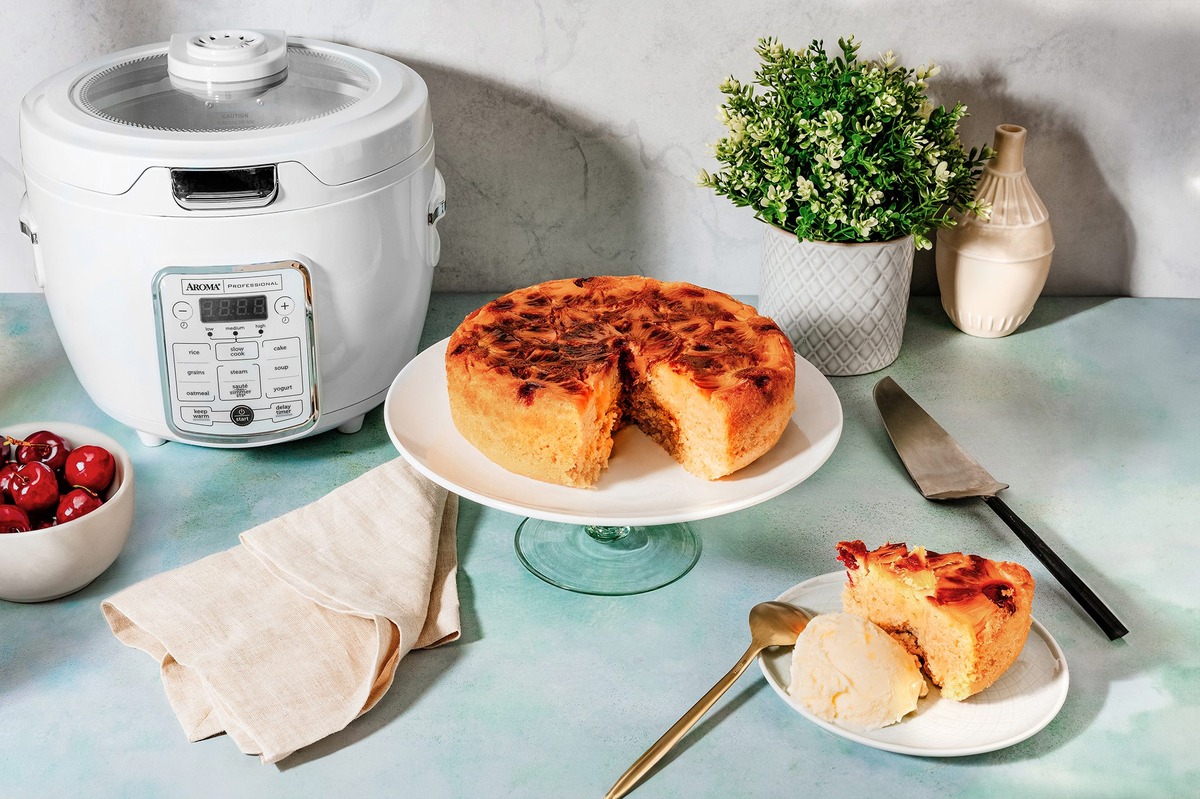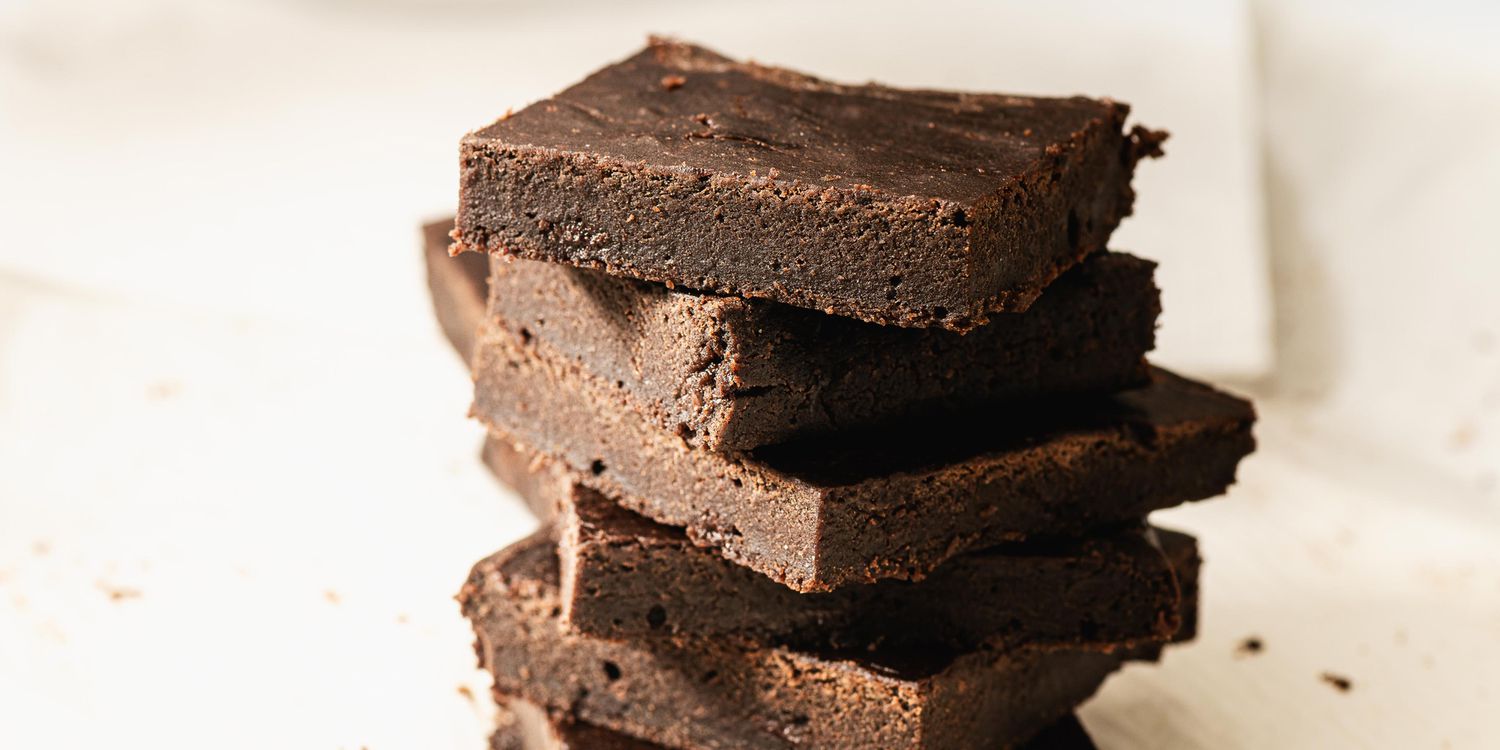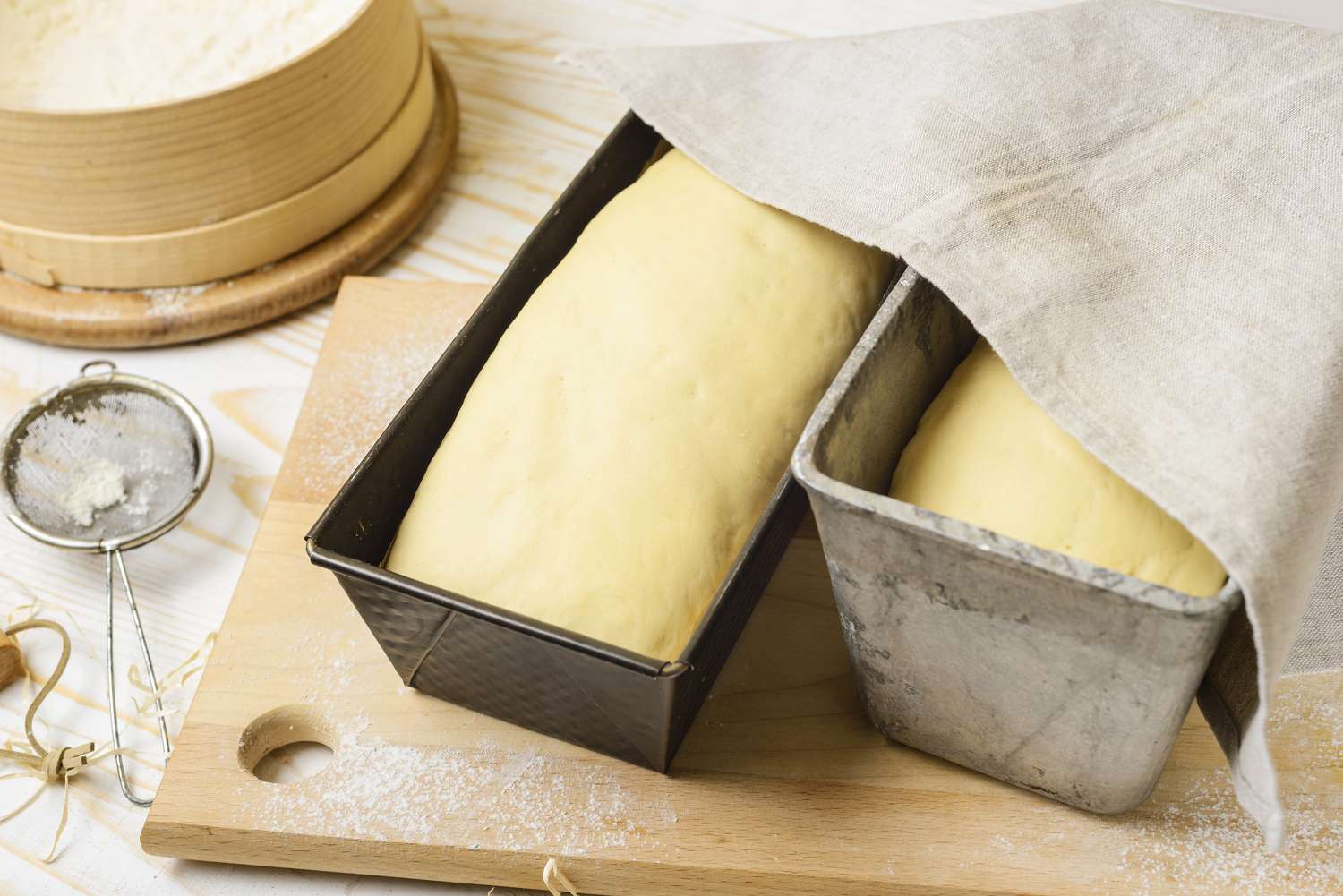Mastering the Art of Baking with a Baguette Pan
Are you a baking enthusiast looking to elevate your bread-making skills? If so, investing in a baguette pan can be a game-changer. This specialized pan is designed to help you achieve the perfect shape and texture for your baguettes. In this guide, we’ll walk you through the steps to master the art of baking with a baguette pan.
Choosing the Right Baguette Pan
Before you start baking, it’s important to select the right baguette pan. Look for a pan that is made of durable, non-stick material to ensure easy release of the baguettes. Additionally, consider the size of the pan based on the quantity of baguettes you intend to bake at once.
Preparing the Dough
Now that you have your baguette pan, it’s time to prepare the dough. Use a classic baguette dough recipe, which typically includes flour, water, yeast, and salt. Knead the dough until it is smooth and elastic, then allow it to rise until it doubles in size.
Shaping the Baguettes
Once the dough has risen, it’s time to shape the baguettes. Divide the dough into equal portions and gently roll each portion into a long, slender shape. The baguette pan will help maintain the shape of the dough as it bakes, resulting in the characteristic elongated form of a baguette.
Using the Baguette Pan
Before placing the shaped dough into the pan, lightly grease it to prevent sticking. Carefully transfer the dough into the pan, ensuring that each baguette has enough space to expand during baking. Cover the pan with a clean kitchen towel and allow the dough to rise for a second time.
Baking the Baguettes
Preheat your oven to the recommended temperature for baking baguettes. Once the dough has completed its second rise, remove the towel and place the pan in the oven. Bake the baguettes until they are golden brown and have a hollow sound when tapped on the bottom.
Cooling and Enjoying
After removing the baguette pan from the oven, allow the baguettes to cool on a wire rack. This will help maintain their crisp crust while preventing sogginess. Once cooled, slice into the baguettes and enjoy them with your favorite spreads or as accompaniments to your meals.
Cleaning and Maintenance
Proper care of your baguette pan is essential to ensure its longevity. After each use, wash the pan with warm, soapy water and dry it thoroughly. Avoid using abrasive materials that could damage the non-stick coating. Store the pan in a dry place to prevent rust or corrosion.
With these steps, you can confidently bake delicious, professional-looking baguettes using a baguette pan. Whether you’re a seasoned baker or just starting out, this specialized pan can take your bread-making skills to the next level. Happy baking!
Was this page helpful?
Read Next: How To Bake Thin Fillets Of Salt Herring











